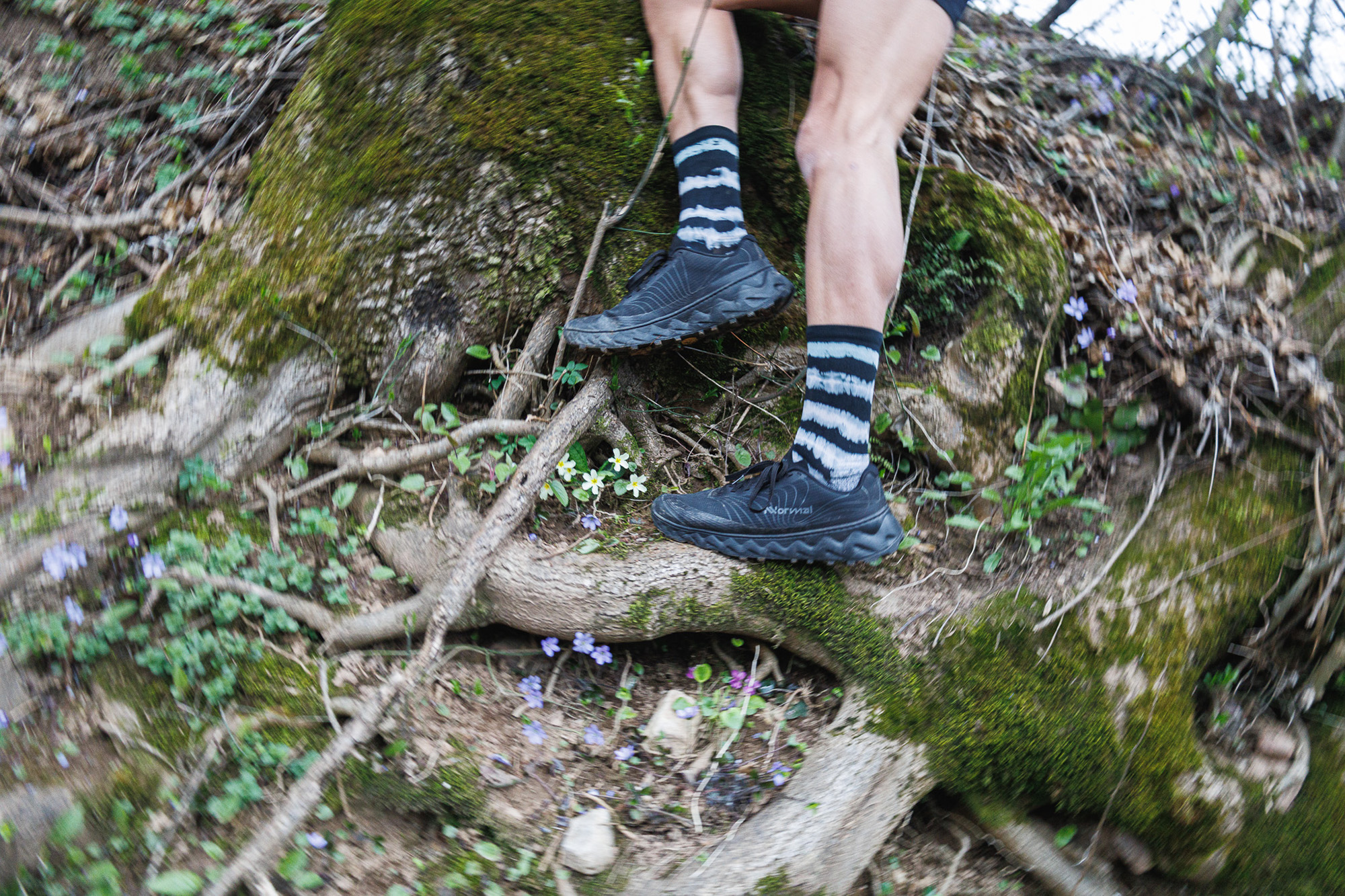There is this idea, all European and due to years of bad literature, that a lightweight shoe needs a fast runner. Thus, since fast runners do not run many, even companies that were born with an entirely different vocation and that avowedly aimed at creating light, responsive, technical shoes, and that in other years we would have called minimalist, have found themselves juxtaposing their highest model, perhaps more out of necessity than desire, with a more national-popular, inclusive, cross-cultural version that could support the brand during its attempt to make, elsewhere, real development. This, in essence, was the reason Tomir was born: at least the first one.
Nnormal Tomir 2.0 Test Review by The Pill
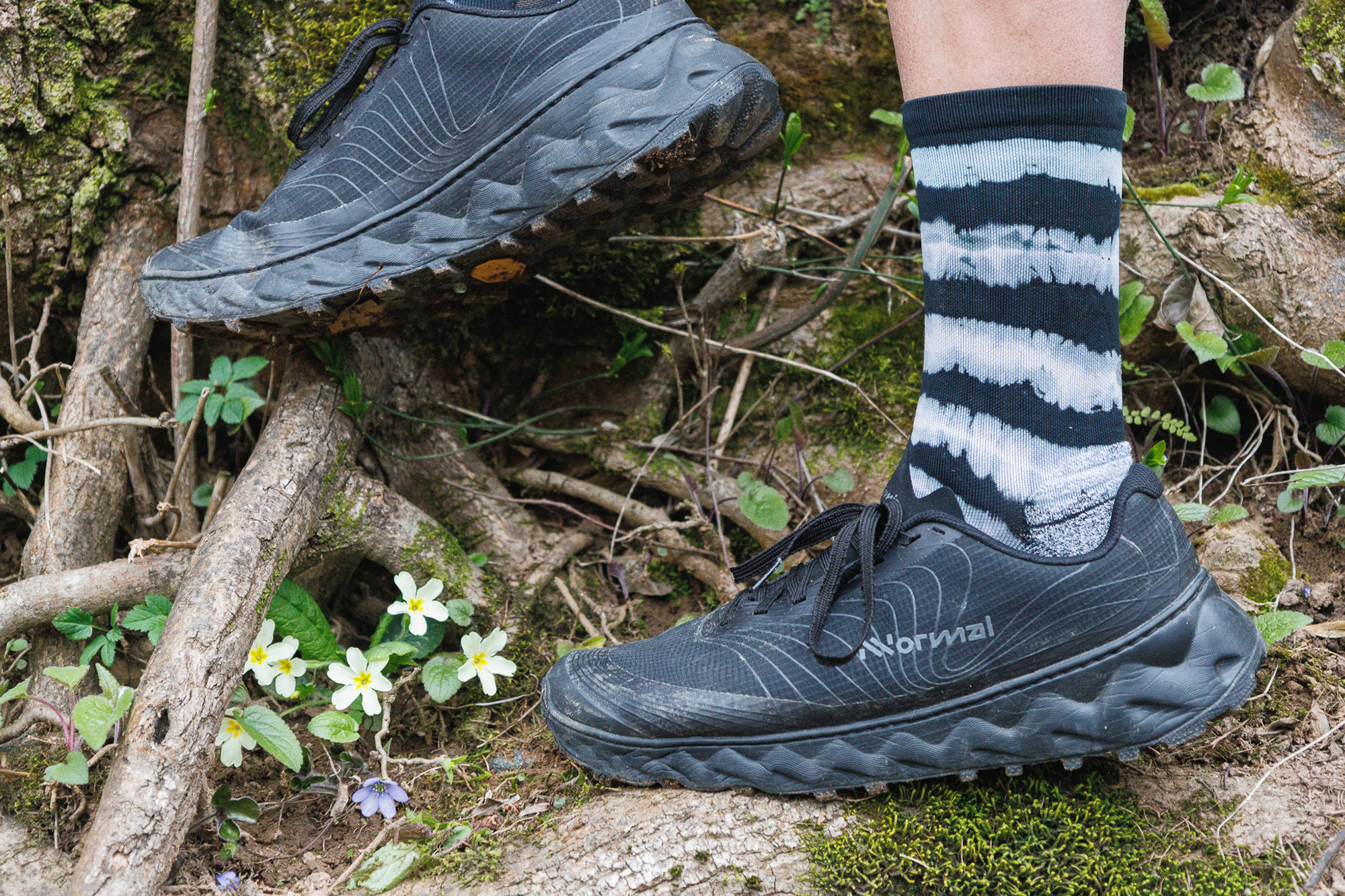
And so indeed it happened: the bravest, and self-proclaimed fastest runners threw themselves on Kjerag – which is objectively one of the two, at most three best shoes released in the last five years-while everyone else, however attracted by the magnetism of Kilian and from the curiosity of this new project, they were content – can you say? – Tomir‘s.
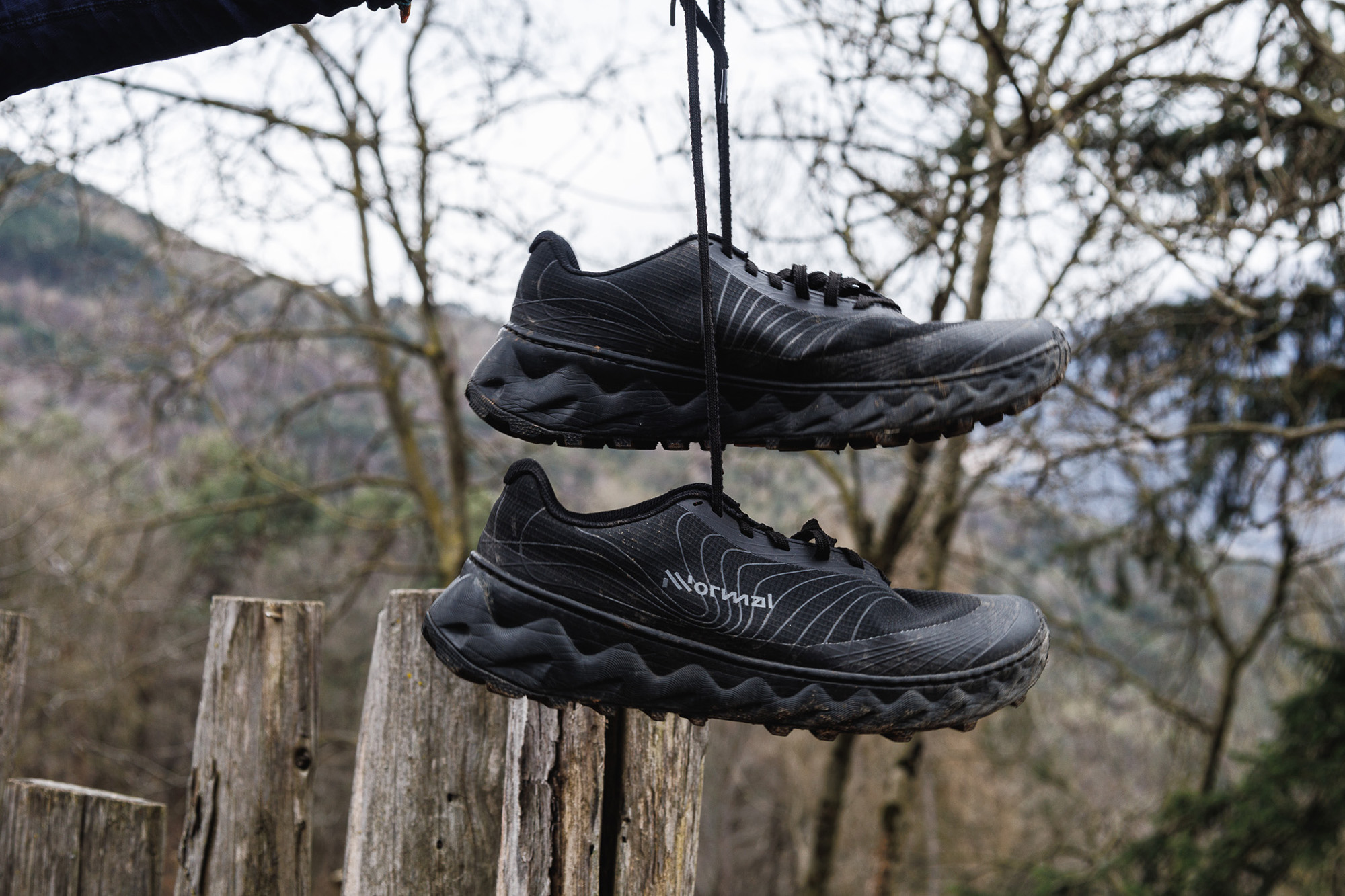
What was Tomir 1.0?
Summary for the absent: 284 gram shoe in size 42 2/3, 8 millimeter drop, 31 millimeter stack from the ground on the heel and 23 on the front, Vibram Megagrip Litebase outsole with standard Vibram-developed design (as opposed to Kjerag, which has a specially designed outsole, and actually much lighter and more effective), insole (Kjerag does not have one), very durable upper, light in weight but quite stiff and not at all stretchy, but most importantly, low-density Ethylene Vinyl Acetate 50 foam, EVA for friends. The result was a shoe that managed to combine a very low weight relative to its market segment: it was not a lightweight shoe, but for a structured, protective, mountain-friendly shoe for fairly heavy runners, it was relatively light, and thus in line with Kilian’s now decades-old intentions, which have always revolved around weight.
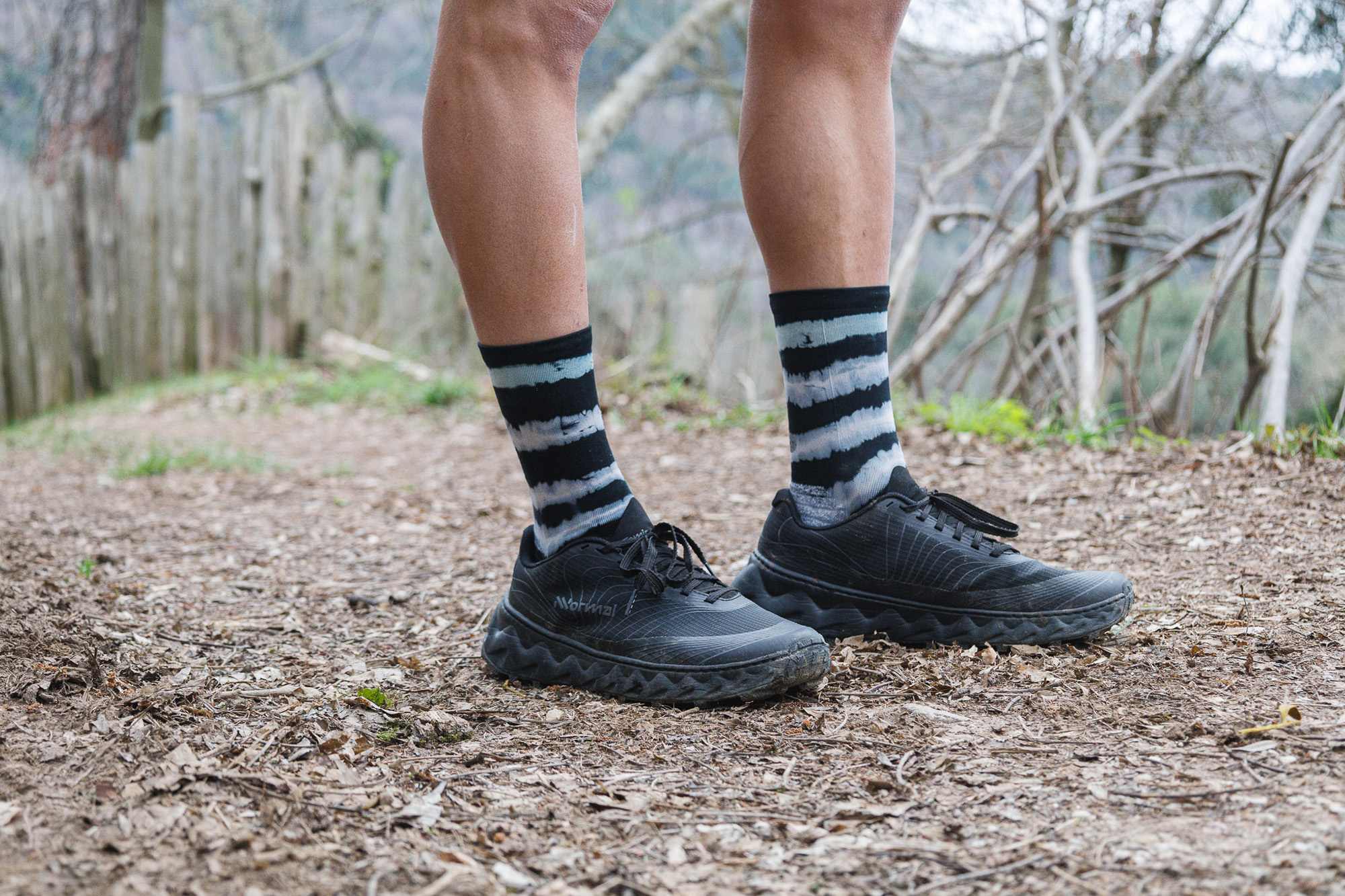
While Kjerag was a shoe created with the goal of being technical, suitable for technical terrain (a goal entirely achieved), but, as fate and a very good designer would have it, it also found itself unexpectedly comfortable on asphalt, white roads, dry, rocky, wet and muddy terrain. Tomir-and this applies to both the first version and the second, which we will now discuss-is a shoe that finds its ideal terrain in the hard, technical, and above all slow mountain trails.
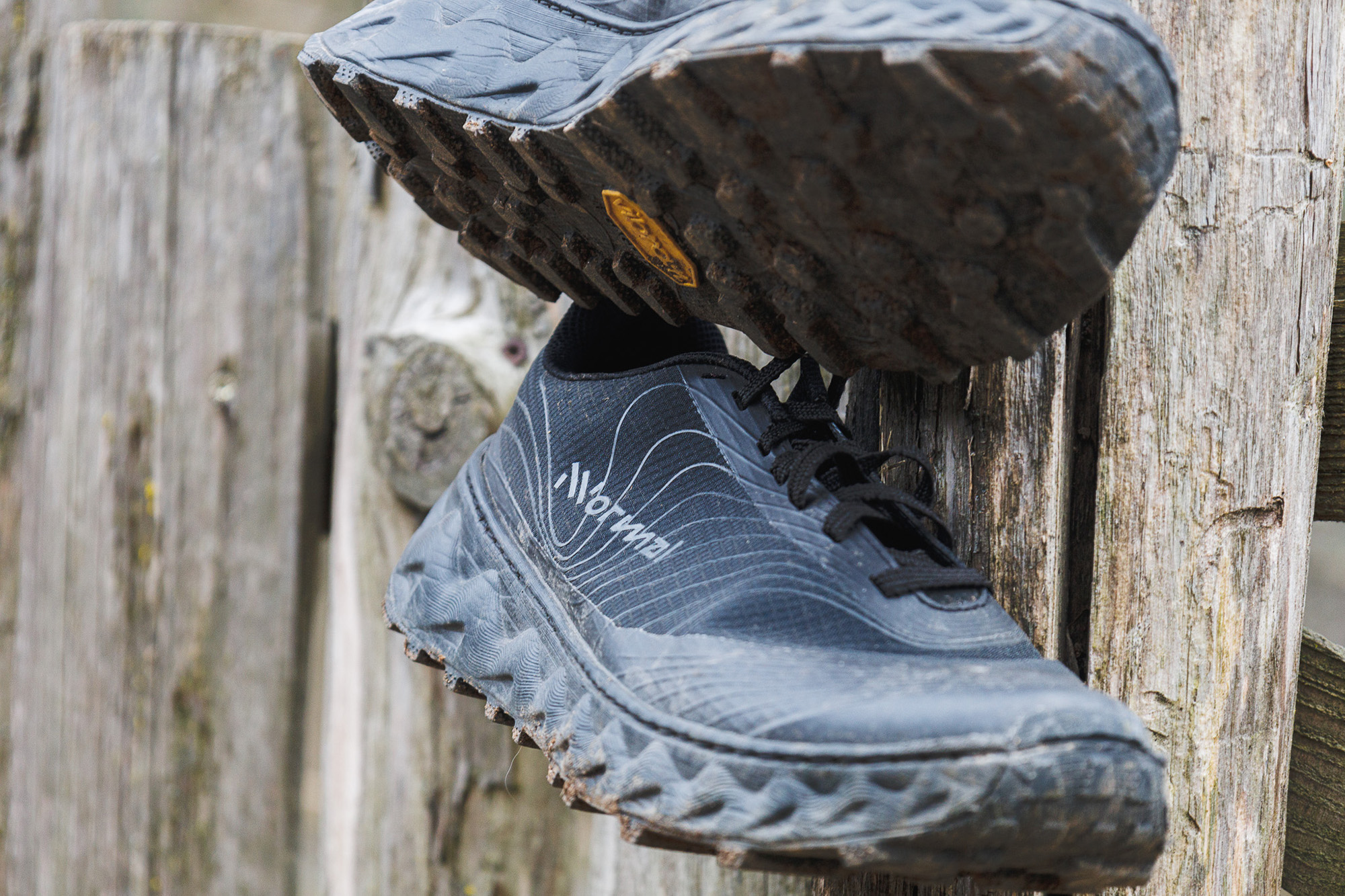
What has changed?
To the eye, nothing. Tomir 2.0 is the perfect example of how intentions at the time of design can be revised once the product is launched on the market. Launching the first two models, it became apparent that the response of runners to Kjerag, which initially seemed suited to few, had been very positive, thanks mainly to the material with which the midsole was developed, capable-as we write in all the reviews, but this time really-of combining lightness, responsiveness an incredible durability, and decent cushioning. Discreet not so much because of the material properties, but because of the amount of material used and in general because of Kjerag’s construction, which itself is very unprotective. In contrast, Tomir 1.0’s response had been more sleepy: the shoe worked, had no major flaws, but remained incomparable to Kjerag.
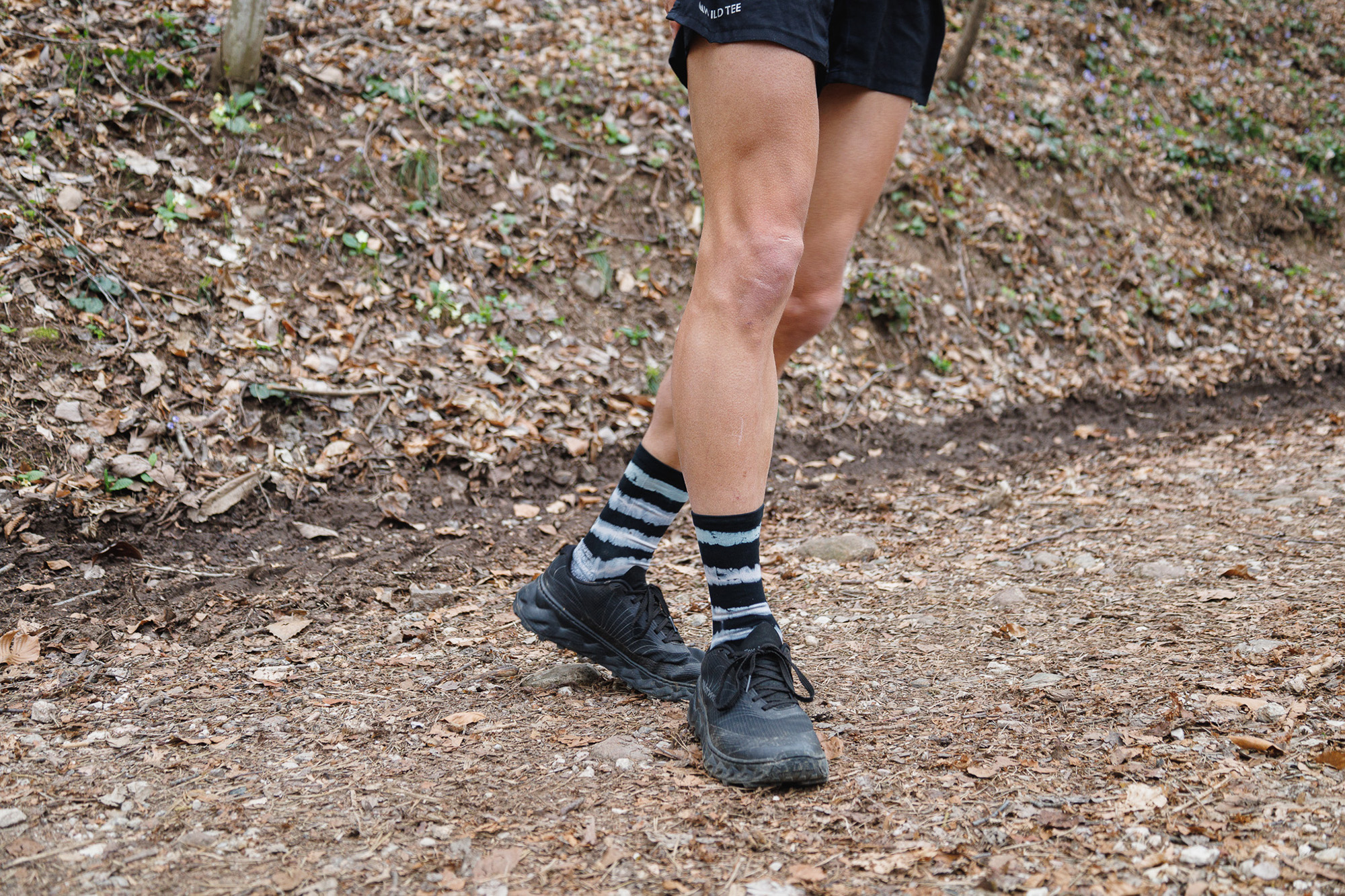
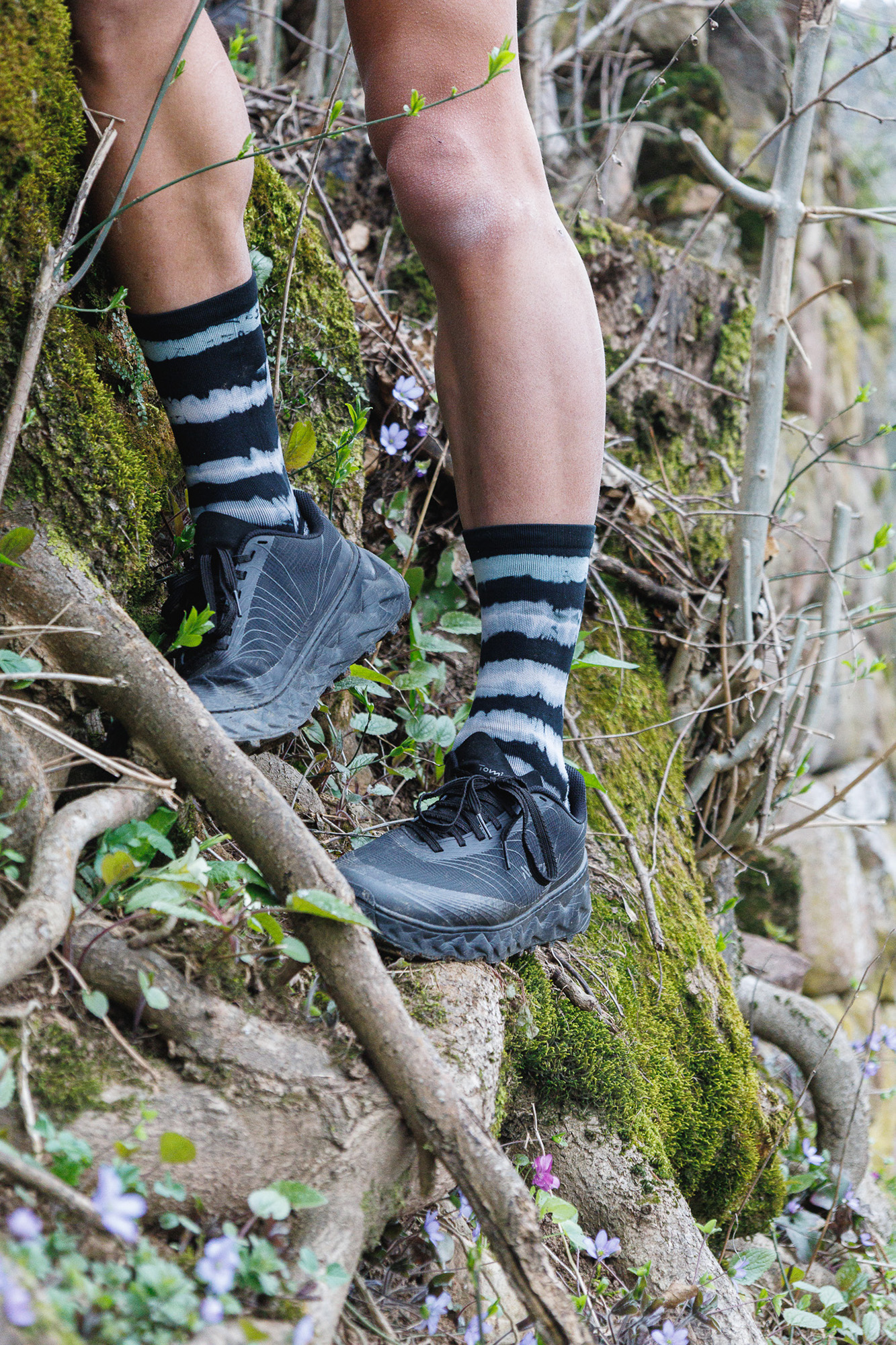
From this, Tomir 2.0 was born: taking everything that worked from the first version (design, structure, upper, sole) and combining it with the thing that worked best about Kjerag, and that is the EExpure supercritical foam midsole. All without redesigning the shoe, without great sensationalism, without condescending too much to the needs of a market that seeks the completely new product from time to time, more out of a visual bulimia than anything else. Nnormal changed the substance of the shoe, mainly the midsole, and left everything else unchanged.
There are other small changes, which are worth pointing out: looking at the first and second versions side by side you might notice that the curve of the midsole, the so-called rocker, of the second version is more shifted toward the midfoot. The shoe is slightly more curved and rounded, and should encourage a little more rotation of the shoe on the ground during the stance phase. In the meantime, Vibram has introduced traction lugs into its soles, which are micro-features-so the Vibram website says-which are expected to increase traction (in the lab) by 25 percent, according to data released by the company. Basically, it is more “roughness” of the plug, which would increase the contact surface of the sole to the ground. The weight of the second version, on the scale, is raised by 4 grams over the first, a difference obviously imperceptible to the foot, where instead the improved midsole response is felt much more.
What happens to Tomir 1.0?
Nothing, it remains on the market but at a lower price than the Tomir 2.0, which the company itself claims has been improved over the former.
